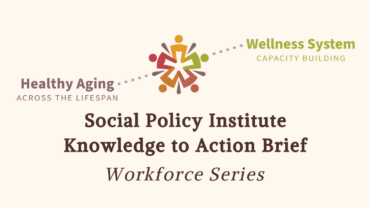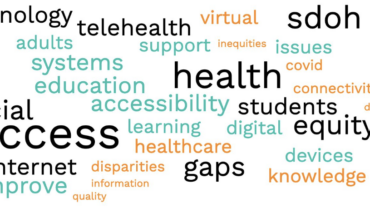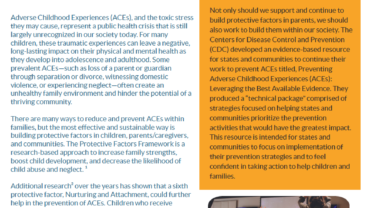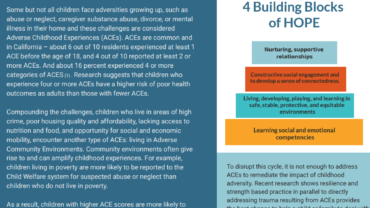Why do some individuals experience more positive health outcomes than others? The answer lies not only in genetics, personal choices, or luck, but rather a complex mix of factors within the circumstances of a person’s life. Though an individual may do all the “right things” to stay healthy, such as getting regular check-ups and eating well, conditions in one’s external…






